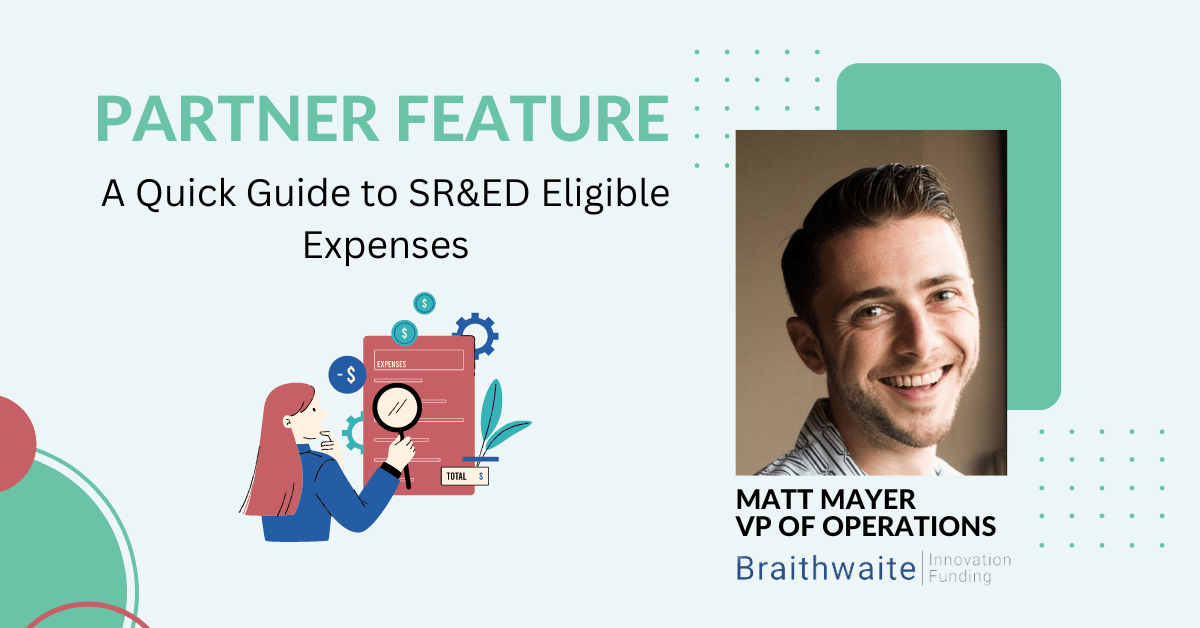Reading Time: 3 minutes
Access to reliable funding is essential for those pursuing research and development (R&D) efforts. The Scientific Research and Experimental Development program (SR&ED) can be an extremely valuable source of tax credit. While both streams of funding offer businesses unique benefits, recent events like the collapse of SVB have showcased the sometimes volatile nature of venture capital-based funding.
At Venbridge, we know the importance of readily accessible cash flow. Below, we’ll take a look at some of the core differences between venture capital (VC) and government-based incentives (in particular, the SR&ED program). Read on to learn more!
Equity and Control
When pursuing funding, it’s crucial to be aware of the realities of joining with external partners like venture capitalists or private lenders. While your partnership may, in fact, be quite lucrative, it rarely comes without a deeper cost. VC funds typically require businesses to relinquish at least some degree of equity, which can lead to dilution of ownership and loss of control for founders. In contrast, SR&ED funding does not require giving up ownership or control. Accessing government incentive programs like SR&ED allows you to retain full ownership of your company and maintain decision-making authority, which is essential for entrepreneurs who want to safeguard their vision.
Tailored for R&D Needs
One of the most notable perks of the SR&ED program is that it is specifically designed to benefit, as the name suggests, companies involved in scientific research and experimental development. SR&ED’s qualifying structure ensures that filers have eligible expenses and activities to guarantee that the distributed funds directly help to advance Canadian innovation. On the other hand, venture capital firms usually fund companies that provide a more comprehensive range of products and services. Even though their financial support may be more substantial than government programs, VC investors have their own goals and focus, which may lead to conditions on your funding that hinder the extent of your R&D mobility over time. For businesses seeking targeted support for their research and development efforts, SR&ED funding can be a more appropriate and aligned option.
Financing Your SR&ED Refund
For those who decide to proceed with filing for refundable SR&ED tax credits, you should be aware that funding can take some time to arrive, with claims being subject to a holding period of 60 days, with an additional processing time of approximately 180 days. Partnering with a firm like Venbridge removes much of the stress of long wait times and gives you access to capital in as little as two business days (upon approval from our team). Venbridge also offers the highest loan-to-value financing on the market and has an extensive portfolio of previous success stories that span several industries. We are proud to partner with innovative Canadian businesses like yours to help you achieve your full potential. Learn more about our lending options by contacting our team today!




